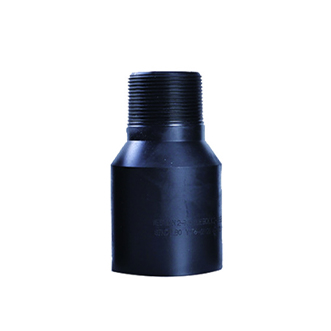- Afrikaans
- Albanian
- Amharic
- Arabic
- Armenian
- Azerbaijani
- Basque
- Belarusian
- Bengali
- Bosnian
- Bulgarian
- Catalan
- Cebuano
- Corsican
- Croatian
- Czech
- Danish
- Dutch
- English
- Esperanto
- Estonian
- Finnish
- French
- Frisian
- Galician
- Georgian
- German
- Greek
- Gujarati
- Haitian Creole
- hausa
- hawaiian
- Hebrew
- Hindi
- Miao
- Hungarian
- Icelandic
- igbo
- Indonesian
- irish
- Italian
- Japanese
- Javanese
- Kannada
- kazakh
- Khmer
- Rwandese
- Korean
- Kurdish
- Kyrgyz
- Lao
- Latin
- Latvian
- Lithuanian
- Luxembourgish
- Macedonian
- Malgashi
- Malay
- Malayalam
- Maltese
- Maori
- Marathi
- Mongolian
- Myanmar
- Nepali
- Norwegian
- Norwegian
- Occitan
- Pashto
- Persian
- Polish
- Portuguese
- Punjabi
- Romanian
- Russian
- Samoan
- Scottish Gaelic
- Serbian
- Sesotho
- Shona
- Sindhi
- Sinhala
- Slovak
- Slovenian
- Somali
- Spanish
- Sundanese
- Swahili
- Swedish
- Tagalog
- Tajik
- Tamil
- Tatar
- Telugu
- Thai
- Turkish
- Turkmen
- Ukrainian
- Urdu
- Uighur
- Uzbek
- Vietnamese
- Welsh
- Bantu
- Yiddish
- Yoruba
- Zulu
bull plug vs hex plug
Bull Plug vs. Hex Plug A Comparative Analysis
When it comes to plumbing and piping systems, the choice of fittings is crucial for ensuring operational efficiency and safety. Among the myriad options available, bull plugs and hex plugs stand out as two popular types of fittings, each serving specific functions and applications. This article will explore the differences, advantages, and use cases of bull plugs and hex plugs to help you make an informed decision for your next project.
Bull Plugs
Bull plugs, also known as round plugs, are designed with a simple, rounded head. They are commonly used to close the ends of pipes and to create a seal. The shape of bull plugs allows for easy installation and removal, making them an excellent choice for applications where frequent access is necessary. Typically made from materials such as brass, stainless steel, or plastic, bull plugs are versatile and can handle a range of pressures and temperatures.
One of the main advantages of bull plugs is their ability to withstand high pressure while maintaining a secure seal. Additionally, their rounded shape minimizes the risk of damage during installation, making them ideal for tight spaces. Bull plugs are often found in water systems, oil pipelines, and gas applications, where pressure containment is critical.
Hex Plugs
bull plug vs hex plug

In contrast, hex plugs feature a hexagonal design that allows for wrench tightening. This shape provides a greater surface area for gripping, making hex plugs easier to install and remove with tools. Hex plugs are primarily used in systems requiring reliable pressure sealing and are commonly found in hydraulic, pneumatic, and refrigerant systems.
One notable advantage of hex plugs is their resistance to vibration and shock. The hexagonal shape provides a more secure fit, reducing the likelihood of loosening over time. Similarly to bull plugs, hex plugs come in various materials, including steel, aluminum, and plastic, making them suitable for diverse applications.
Key Differences and Use Cases
While both bull plugs and hex plugs effectively seal pipe ends, their key differences dictate their suitable applications. Bull plugs are ideal for situations requiring frequent access and quick sealing, while hex plugs are better suited for applications that demand high pressure stability and resistance to environmental factors.
In summary, the choice between bull plugs and hex plugs ultimately depends on the specific needs of the application. For environments where frequent maintenance is required, bull plugs might be the best option. However, for high-pressure systems that are subject to vibrations, hex plugs may be the more reliable choice. Understanding these differences will help you select the right fitting for optimal performance and safety in your piping systems.
-
Tubing Pup Joints: Essential Components for Oil and Gas OperationsNewsJul.10,2025
-
Pup Joints: Essential Components for Reliable Drilling OperationsNewsJul.10,2025
-
Pipe Couplings: Connecting Your World EfficientlyNewsJul.10,2025
-
Mastering Oilfield Operations with Quality Tubing and CasingNewsJul.10,2025
-
High-Quality Casing Couplings for Every NeedNewsJul.10,2025
-
Boost Your Drilling Efficiency with Premium Crossover Tools & Seating NipplesNewsJul.10,2025







